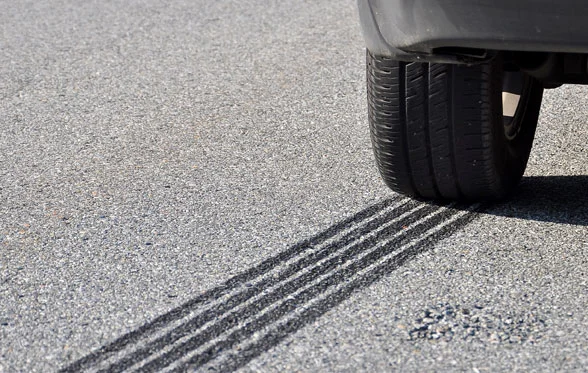On March 4, 2009, NHTSA initiated rulemaking to amend FMVSS 111, Rearview Mirrors, by issuing an Advanced Notice of Proposed Rulemaking (ANPRM) in Docket No. NHTSA-2009-0041. NHTSA states that this rulemaking action seeks to improve the driver's ability to see areas to the rear of a motor vehicle in order to mitigate fatalities and injuries associated with backover incidents.
The agency states that they are issuing this rulemaking for two reasons:
- An obligation due to the Cameron Gulbransen Kids Transportation Safety Act of 2007 to undertake rulemaking to expand the required field of view to enable the driver to detect areas behind the vehicle to reduce backover incidents.
- To gain knowledge by soliciting public comments on the current state of research and the efficacy of available countermeasures.
NHTSA's research indicates that the accident data reveals 292 fatalities, many of them children, and 18,000 injuries, many incapacitating, that have resulted each year from vehicle backovers. Of these, 228 fatalities and 17,000 injuries involve passenger vehicles under 10,000 pounds. Their research also shows that pickup trucks and utility vehicles are over represented in the accident data.
The research NHTSA is undertaking centers on four major topic areas:
- Understanding the nature of backover incidents and backing crashes.
- Evaluation of various strategies for improving rear visibility.
- Evaluation of various countermeasures.
- Development of technical specifications and test procedures that could be used to describe and evaluate the performance aspects of direct view, rear-mounted convex mirrors, rear object detection sensors and rearview video systems.
In an effort to gain a global regulatory perspective, the agency has also studied and summarized the existing regulatory requirements for rear visibility from five governmental regulatory areas:
- USA
- ECE
- Canada
- Japan
- Korea
Finally the agency has asked several questions requesting public input on the areas described above, including studies on the effectiveness of various indirect rear visibility systems that have been implemented in the U.S. and abroad, including costs of implementation. Comments must be received by NHTSA on or before May 4 2009.
